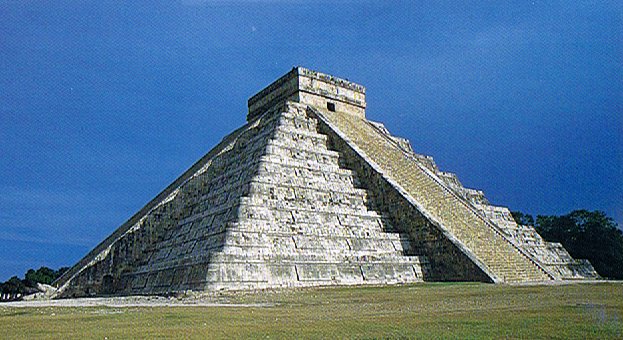The Explorers reached Easter Island in "June 1 (152) - or
rather in "June 1 (153) we can now guess. Instead of adding
1 day every 4th year (as in the Gregorian calendar) the
ancient method could have been to regularly 'leap over' a
calendar day 3 years
out of 4.
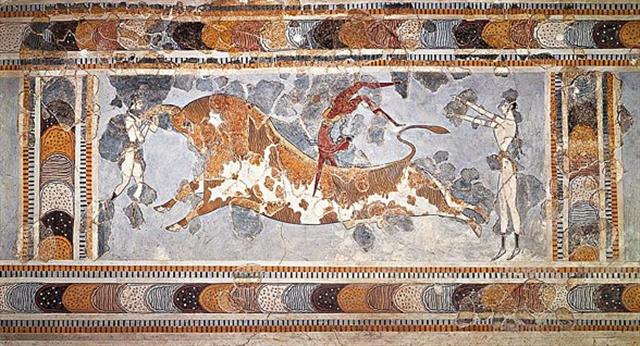
3 * 365 + 366 = 1461 =
4 * 366 - 3
366 - 3 = 363 = 3 * 11
* 11
... On the twenty-fifth day [raa]
of the first month ('Vaitu Nui'), Ira and Makoi set sail. (i
te rua te angahuru marima raa o te vaitu nui.i oho.mai ai a
ira.ko Makoi), on the first day [te raa po rae]
of the month of June ('Maro'), the bow [te ihu] of
Ira's canoe touched land again. (E:17)
| January |
31 |
31 |
59 (60) |
| February |
28 (29) |
59 (60) |
| March |
31 |
90 (91) |
153 |
| April |
25 |
115 (116) |
| 30 |
61 |
120 |
| May |
31 |
151 |
| June |
25 |
176 |
| 30 |
181 (182) |
| July |
31 |
212 |
| August |
31 |
243 |
153 |
| September |
30 |
273 (274) |
| October |
25 |
298 (299) |
| 31 |
61 |
304 |
| November |
30 |
334 |
| December |
25 |
359 (360) |
| 31 |
365 (366) |
The Sea Journey took the Explorers 153 - 116 = 37 right ascension days, notably equal to the right ascension depth down from the time of Bharani to that of the Bull. *64 - * 41 = *37.
The synodic cycle of Mercury measured 115.88
and this could be approximated by 116 (= 4 * 29) days.
| tagata tuu
rima ki ruga |
te maitaki |
te henua |
Rei
hata ia |
tagata
rogo |
|
... the first month of the
Moriori year, was named Rongo (Lono).
On the first of the new year the Moriori
launched a small canoe to Rongo, although
they built and used only rude craft for their
fishing excursions. The canoe was manned by
twelve figures symbolizing the personifications
of the twelve months. Sometimes twenty-four
figures were placed in the canoe, and Skinner
interprets the additional twelve as representing
the female counterparts of the months. As an old
Maori once remarked. 'Everything has its female
counterpart ...
|
 |
|
Rogo |
|
 |
 |
 |
 |
 |
|
Ca3-21 (→ March 21 → Gregorian equinox) |
Ca3-22 (73) |
Ca3-23 |
Ca3-24 |
Ca3-25 (→ March 25→
Julian equinox) |
|
Hata.
1. Table, bureau. P Pau.: afata, a
chest, box. Mgv.: avata, a box, case,
trunk, coffin. Mq.: fata, hata, a
piece of wood with several branches serving as a
rack, space, to ramify, to branch; fataá,
hataá, stage, step, shelf. Ta.: fata,
scaffold, altar. 2. Hakahata, to
disjoint; hakahatahata, to loosen, to
stretch. P Pau.: vata, an interval,
interstice. Mgv.: kohata, the space
between two boards, to be badly joined;
akakohata, to leave a space between two
bodies badly joined; hakahata, to be
large, broad, wide, spacious, far off. Mq.:
hatahata, fatafata, having chinks,
not tightly closed, disjointed. Ta.: fatafata,
open. 3. Hatahata, calm, loose, prolix,
vast. Mgv.: hatahara, broad, wide,
spacious, at one's ease. Ta.: fatafata,
free from care. Mq.: hatahata, empty,
open. 4. Hatahata, tube, pipe, funnel.
Churchill. Sa.: fata, a raised house in
which to store yams, a shelf, a handbarrow, a
bier, a litter, an altar, to carry on a litter;
fatāmanu, a
scaffold. To.: fata,
a loft, a bier, a handbarrow, to carry on a
bier; fataki,
a platform. Fu.: fata,
a barrow, a loft; fatataki,
two sticks or canes attached to each other at
each side of a house post to serve as a shelf.
Niuē: fata,
a cage, a handbarrow, a shelf, a stage,
(sometimes) the upper story of a house. Uvea:
fata,
a barrow, a bier. Fotuna: fata,
a stage. Ta.: fata,
an altar, a scaffold, a piece of wood put up to
hang baskets of food on; afata,
a chest, a box, a coop, a raft, a scaffold.
Pau.: fata,
a heap; afata,
a box, a chest. Ma.: whata,
a platform or raised storehouse for food, an
altar, to elevate, to support. Moriori:
whata, a
raft. Mq.: fata,
hata,
hataá,
shelves. Rapanui: hata,
a table. Ha.: haka,
a ladder, an artificial henroost;
alahaka, a
ladder. Mg.: ata,
a shelf; atamoa,
a ladder; atarau,
an altar. Mgv.: avata,
a coffer, a box. Vi.: vata,
a loft, a shelf; tāvata,
a bier. The Samoan fata
is a pair of light timbers pointed at the ends
and tied across the center posts of the house,
one in front, the other behind the line of
posts; rolls of mats and bales of sennit may be
laid across these timbers; baskets or reserved
victuals may be hung on the ends. The litter and
the barrow are two light poles with small slats
lashed across at intervals. The Marquesan
fata is a
stout stem of a sapling with the stumps of
several branches, a hat tree in shape, though
found among a barehead folk. These illustrations
are sufficient to show what is the common
element in all these fata
identifications, light cross-pieces spaced at
intervals. With this for a primal signifaction
it is easy to see how a ladder, a raft, a
henroost, an altar come under the same stem for
designation. Perhaps Samoan fatafata
the breast obtains the name by reason of the
ribs; it would be convincing were it not that
the plumpness of most Samoans leaves the ribs a
matter of anatomical inference. Churchill 2.
... Teke said to Oti, 'Go and take
the hauhau tree, the paper mulberry tree,
rushes, tavari plants, uku koko
grass, riku ferns, ngaoho plants,
the toromiro tree, hiki kioe
plants (Cyperus vegetus), the sandalwood
tree, harahara plants, pua nakonako
plants, nehenehe ferns, hua taru
grass, poporo plants, bottle gourds (ipu
ngutu), kohe plants, kavakava atua
ferns, fragrant tuere heu grass,
tureme grass (Diochelachne sciurea),
matie grass, and the two kinds of
cockroaches makere and hata.'
... The division into quarters of a
28-series can be applied to the main phases of
the moon during the visible period as was as to
a (reflex of the old world?) sidereal month.
The separate subgroup (29 makere -
30 hata) consists of the names of two
types of cockroaches, but in related eastern
Polynesian languages these names can also be
explained on a different level. MAO. makere,
among others, 'to die', and whata, among
others, 'to be laid to rest on a platform',
deserve special attention.
The theme hinted at is one of death and
burial. In our scheme they occur at just that
time when the moon 'has died'! This lends
further support to the lunar thesis.
Barthel 2.

My glyph types Rei
and Rogo are the only ones whích are
characterized by Capital letters - as
inspired by the translations of Metoro Tau'a
Ure for Bishop Jaussen on Tahiti. At the
beginning (at the head) of a sequence of
words there should be a Capital letter.
|
 |
|
Rei |
|
|
CLOSE TO THE
FULL MOON: |
|
π4
Orionis (72.1), ο¹ Orionis (72.4), π5 Orionis
(72.8)
*31.0 = *72.4 - *41.4 |
π¹
Orionis (73.0), ο² Orionis (73.4),
HASSALEH = ι Aurigae
(73.6), π6 Orionis (73.9)
*32.0 = *73.4 - *41.4 |
ALMAAZ (The Male Goat) = ε Aurigae
(74.7),
HAEDUS I = ζ Aurigae
(74.8) |
HAEDUS II = η Aurigae
(75.9) |
5h
(76.1)
ε
Leporis (76.0),
CURSA
(Foot-stool) =
β
Eridani
(76.4),
λ
Eridani (76.7)
*35.0 = *76.4 - *41.4 |
|
"April 21 (112 = 81 + *31) |
22 |
23 |
24 |
Vaitu Nui 25 (116) |
The Explorers 'made landfall' in
the day when the Full Moon was at
Castor (*113 = *76 + *37):
|
33 |
| kua iri i te rakau |
ihe tamaiti |
erua
mago |
 |
 |
 |
 |
|
Ca5-5 |
Ca5-6
(111) |
Ca5-7 |
Ca5-8 |
|
CLOSE TO THE FULL
MOON: |
|
no star listed (110) |
ALUDRA (Virgin) = η Canis Majoris
(111.1),
PROPUS = ι Gemini
(111.4),
GOMEISA (Water-eyed) = β Canis Minoris (111.6)
*70.0 = *111.4 - *41.4 |
ρ Gemini (?) (112.1),
Eskimo Nebula = NGC2392 Gemini
(112.2)
ANTARES (α Scorpii) |
Al Dhirā'-5 (Forearm) /
Punarvasu-7 (The Two Restorers of Goods) /
Mash-mashu-Mahrū-10 (Western One of the Twins)
CASTOR
= α Gemini
*113.4 = *41.4 + *72.0 |
|
"May 29 |
30 (81 + *70 = 151) |
31 (152 = 8 * 19) |
Te Maro 1 |
 |
We can similarly count ahead 37 steps in the G text and
377 (Gb5-24) + 37 = 414 (Gb7-4) → Bharani (*41.4) → 14 * 29½ +
1:
|
APRIL 1 (364 / 4 = 91) |
2 |
3 |
4 |
 |
 |
 |
 |
|
Gb5-23 |
Gb5-24 |
Gb5-25 (378) |
Gb5-26 (150) |
|
... The ordinary year in the
previous Roman calendar consisted of 12 months,
for a total of 355 days. In addition, a 27-day
intercalary month, the Mensis Intercalaris,
was sometimes inserted between February and
March. This intercalary month was formed by
inserting 22 days after the first 23 or 24 days
of February; the last five days of February,
which counted down toward the start of March,
became the last five days of Intercalaris. The
net effect was to add 22 or 23 days to the year,
forming an intercalary year of 377 or 378 days
... |
|
|
|
HAEDUS II = η Aurigae
(75.9) |
5h (76.1)
ε
Leporis (76.0),
CURSA
(Foot-stool) =
β
Eridani
(76.4),
λ
Eridani (76.7)
*35.0 = *76.4 - *41.4 |
μ Aurigae, μ Leporis
(77.6)
*35.0 + *1.0 = *37.0 - *1.0 |
ĸ Leporis (78.0),
RIGEL
(Foot) =
β
Orionis
(78.1),
Flaming Star = IC405
(78.2),
CAPELLA
=
α
Aurigae
(78.4),
ο
Columbae,
τ
Orionis (78.8)
*37.0 = *78.4 - *41.4
THUBAN (α Draconis) |
|
Egyptian water ripples |
 |
Phoenician
mēm |
 |
Greek
mu |
Μ (μ) |
... Behind
me, towering
almost 100
feet into
the air, was
a perfect
ziggurat,
the Temple
of
Kukulkan.
Its four
stairways
had 91 steps
each. Taken
together
with the top
platform,
which
counted as a
further
step, the
total was
365. This
gave the
number of
complete
days in a
solar year.
In addition,
the
geometric
design and
orientation
of the
ancient
structure
had been
calibrated
with
Swiss-watch
precision to
achieve an
objective as
dramatic as
it was
esoteric: on
the spring
and autumn
equinoxes,
regular as
clockwork,
triangular
patterns of
light and
shadow
combined to
create the
illusion of
a giant
serpent
undulating
on the
northern
staircase
...
|
|
|
... In view
of the almost universal prevalence of the
Pleiades year throughout the Polynesian area it
is surprising to find that in the South Island
and certain parts of the North Island of New
Zealand and in the neighboring Chatham Islands,
the year began with the new Moon after the
yearly morning rising, not of the Pleiades, but
of the star Rigel in Orion ...
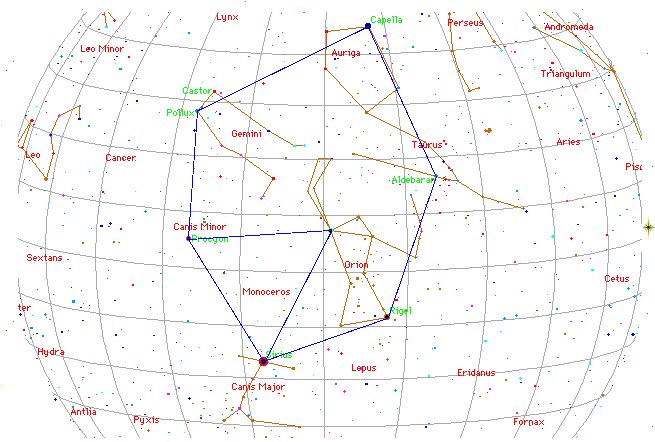 |
|
June 4 (155 = 91
+ 64) |
5 (2
* 78) |
6
(314 / 2) |
7
(94 + 64) |
|
°May
31 |
°June 1 (152 = 8 * 19) |
2
(*73) |
3
(94 + 60) |
|
'May
8 (128 = 2 * 64) |
9 |
10
(260 / 2) |
11 (94 + 37) |
|
"April 24 |
Vaitu Nui 25 (115) |
26
(4 * 29) |
27
(94 + 23) |
|
31 |
MAY 6 (= 29 - 23) |
7 |
8 (2 * 64) |
9 (129
= 153 - 24) |
 |
 |
 |
 |
|
Gb7-1 (150 + 32) |
Gb7-2 (183) |
Gb7-3 |
Gb7-4
(414 = 229 + 185) |
|
no star listed (110) |
ALUDRA (Virgin) = η Canis Majoris
(111.1),
PROPUS
= ι Gemini
(111.4),
GOMEISA (Water-eyed) = β Canis Minoris (111.6)
*70.0 = *111.4 - *41.4 |
ρ Gemini (?) (112.1),
Eskimo Nebula = NGC2392 Gemini
(112.2)
ANTARES (α Scorpii) |
Al Dhirā'-5 (Forearm) /
Punarvasu-7 (The Two Restorers of Goods) /
Mash-mashu-Mahrū-10 (Western One of the Twins)
CASTOR
= α Gemini
*113.4 = *41.4 + *72.0 |
|
"May 29 |
30 (81 + *70 = 151) |
31 (152 = 8 * 19) |
Te Maro 1 |
|
 |
 |
|
tamaiti |
14 * 29½ |
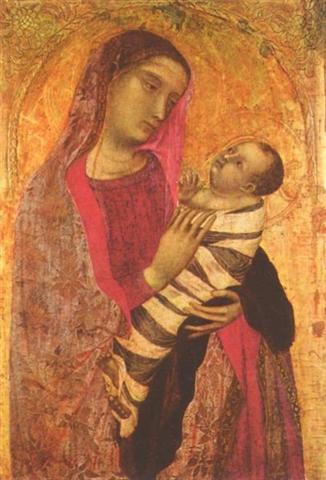
Tama. 1.
Shoot (of plant), tama miro, tree shoot; tama
tôa, shoot of sugarcane. 2. Poles, sticks, rods of a
frame. 3. Sun rays. 4. Group of people travelling in
formation. 5. To listen attentively (with ear,
tariga, as subject, e.g. he tama te tariga);
e-tama rivariva tokorua tariga ki taaku kî,
listen carefully to my words. Tamahahine, female.
Tamahine (= tamahahine), female, when
speaking of chickens: moa tamahine, hen.
Tamâroa, male. Vanaga. 1. Child. P Pau.: tama
riki, child. Mgv.: tama, son, daughter,
applied at any age. Mq.: tama, son, child, young
of animals. Ta.: tama, child. Tamaahine (tama
1 - ahine), daughter, female. Tamaiti,
child P Mq.: temeiti, temeii, young
person. Ta.: tamaiti, child. Tamaroa, boy,
male. P Mgv.: tamaroa, boy, man, male. Mq.:
tamaóa, boy. Ta.: tamaroa, id. 2. To align.
Churchill. In the Polynesian this [tama na,
father in the Efaté language] is distinguished from
táma child by the accent tamā
or by the addition of a final syllable which
automatically secures the same incidence of the accent,
tamái,
tamana ... Churchill
2.
Iti. Little, small, medium; iti atu, less;
iti no, small quantity, rare; no iti,
superficial. Itia, shrunken. Itiiti,
scanty, slim; hare itiiti no, cabin; itiiti
noa, mediocre, mediocricity. Hakaiti, to make
small, to lessen, to weaken, to impoverish, to thin out,
to reduced, to diminish, to retrench, to curtail, to
subdue, to mitigate, to abate. Hakaitiiti, to
squat, to croach. P Mgv.: iti, small. Mq.: iti,
id. Ta.: iti, id. Churchill.
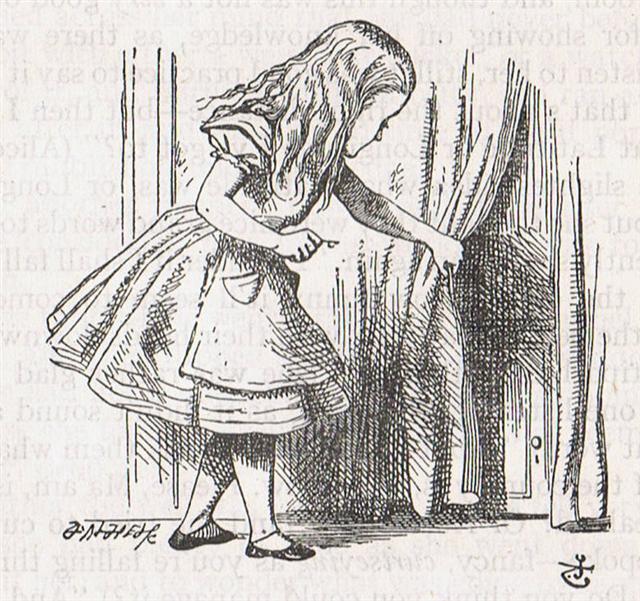
|












